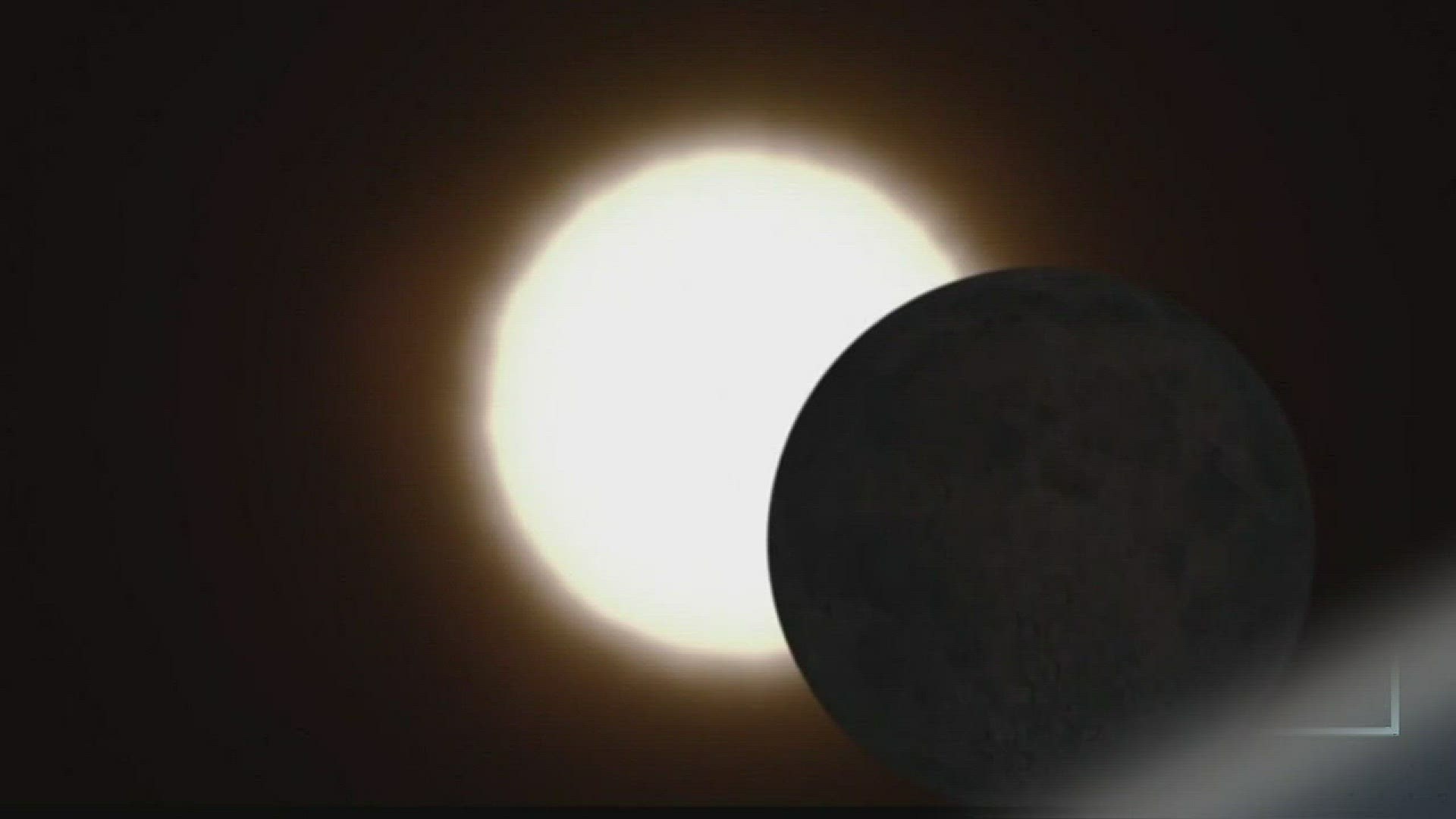Is An Eclipse Worse Than Looking At The Sun?
When it comes to witnessing celestial events, few are as mesmerizing as solar eclipses. However, the excitement surrounding these astronomical phenomena often comes with a crucial question: is an eclipse worse than looking at the sun directly? While both scenarios can lead to eye damage, the risks associated with each are distinct. Understanding these risks is vital for anyone hoping to safely enjoy the wonders of our universe.
During a solar eclipse, the moon passes between the Earth and the sun, temporarily obscuring the latter's light. This creates a breathtaking spectacle that attracts millions of onlookers. However, it also poses significant risks to eye health if proper precautions are not taken. On the other hand, looking directly at the sun, even for a brief moment, can cause irreversible damage to the retina. Thus, it’s crucial to discern the level of danger presented by each scenario.
In this article, we will delve deeper into the risks associated with looking at the sun and viewing an eclipse. We will explore whether one is indeed worse than the other and the safety measures that can ensure a safe experience during these rare events. So, let’s illuminate the truth about eye safety during these celestial occurrences!
Read also:Who Is Dominik Mysterios Real Father Unveiling The Truth Behind The Wrestling Legacy
What Happens When You Look at the Sun Directly?
Looking directly at the sun can cause immediate and severe damage to your eyes. The intense light floods the retina and can lead to a condition known as solar retinopathy. Here’s what you need to know:
- Solar retinopathy occurs when the sun's rays burn the retinal tissues.
- Symptoms may include blurred vision, blind spots, and in severe cases, permanent vision loss.
- The damage can occur without any pain, making it particularly dangerous.
How Does an Eclipse Affect Eye Safety?
During a solar eclipse, the sun's brightness decreases temporarily as the moon moves in front of it. This can trick your eyes into thinking it’s safe to look at the sun. However, this is a misconception. Here’s why:
- Even during an eclipse, the sun emits harmful ultraviolet (UV) rays.
- Looking at the sun during an eclipse can result in the same risks as looking directly at it.
- Only during the total phase of a total solar eclipse is it safe to look directly at the sun, but only for a brief moment.
Are There Safe Ways to View an Eclipse?
To safely enjoy a solar eclipse, it’s essential to use the right equipment. Here are some methods to protect your eyes while still experiencing this celestial event:
- Eclipse glasses: These are special-purpose solar filters that block harmful rays.
- Solar viewers: Pinhole projectors can allow you to observe the eclipse indirectly.
- Welder’s glasses: If you have a pair with a rating of 14 or higher, they can also be used safely.
Is an Eclipse Worse than Looking at the Sun?
The answer is nuanced. While both activities carry risks, they differ in severity and nature. Looking directly at the sun can cause immediate damage, while the risks during an eclipse come from a false sense of safety. The potential for eye damage during an eclipse is real and can be just as severe if proper precautions are not followed.
What Are the Long-Term Effects of Eye Damage?
Long-term effects from eye damage due to solar exposure can vary based on the severity of the damage. Here are some potential outcomes:
- Permanent vision loss: Severe cases of solar retinopathy can lead to lasting vision problems.
- Blind spots: Patients may experience scotomas, which are areas of vision loss.
- Change in color perception: Some individuals may notice a difference in how they perceive colors.
Who Is Most at Risk?
While anyone can suffer from eye damage due to solar exposure, certain groups may be at a higher risk:
Read also:Mastering Aws Ssh Key Management Best Practices A Comprehensive Guide
- Children: Their eyes are more sensitive to UV light.
- Individuals with pre-existing eye conditions: These individuals may have a higher likelihood of suffering severe damage.
- Astronomy enthusiasts: Those observing the eclipse without proper protection may overlook safety warnings.
What Are the Signs of Eye Damage from Solar Exposure?
Recognizing the signs of eye damage is crucial for seeking timely treatment. Here are some symptoms to watch for:
- Blurred vision: Difficulty seeing clearly may indicate damage.
- Dark spots or blind spots: These may appear in your field of vision.
- Light sensitivity: An increase in discomfort when exposed to bright lights may occur.
How Can You Protect Your Eyes During an Eclipse?
To ensure a safe viewing experience during a solar eclipse, consider these protective measures:
- Always use certified eclipse glasses or solar viewers.
- Avoid using regular sunglasses, as they do not provide sufficient protection.
- Educate yourself and others about the risks of solar viewing.
Conclusion: Is an Eclipse Worse than Looking at the Sun?
In conclusion, both looking at the sun directly and viewing an eclipse without proper protection can lead to serious eye damage. The potential for harm during an eclipse is heightened by the misconception that it is safe to look at the sun when it is partially covered. To appreciate the beauty of these celestial events safely, ensure you take the necessary precautions and enjoy the wonders of the universe without jeopardizing your eyesight. So, the next time you plan to gaze at the sun or a solar eclipse, remember: safety first!
Article Recommendations


